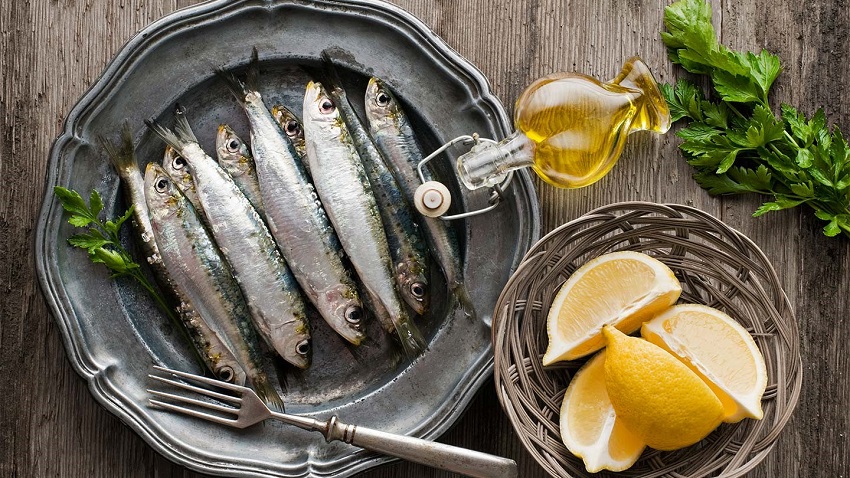
The 10 best sources of calcium
Drinking lots of milk and dairy products are no way to guarantee a healthy calcium intake. But we share 10 best sources of calcium which are not dairy products.
To prevent bone fragility, not everything is summarized in milk. The main causes are not having had a physically active life and not having taken into account the best sources of calcium at the time of feeding. To ensure good health it is important to take care of the diet, and this is also applicable in the case of bones.
For decades we have been bombarded with the idea that we should drink a lot of milk to prevent osteoporosis in old age, but this is far from the truth. The obsession that we have had for milk does not make sense. Next, we will see the best sources of calcium that we should consider and that are not dairy products. The 10 types of foods that are sources of calcium and that we should take into account
Beyond milk and dairy products, there are many foods that have a significant contribution of calcium. Despite what has been believed for years, it is possible to ingest sufficient amounts of calcium without having to resort to dairy products.
By eating regularly different foods that are sources of calcium, our body will be perfectly covered in what concerns the needs of this mineral. In addition, these foods are rich in many other micronutrients and will bring greater health to the body than drinking milk every day.
The best sources of calcium
1. Nuts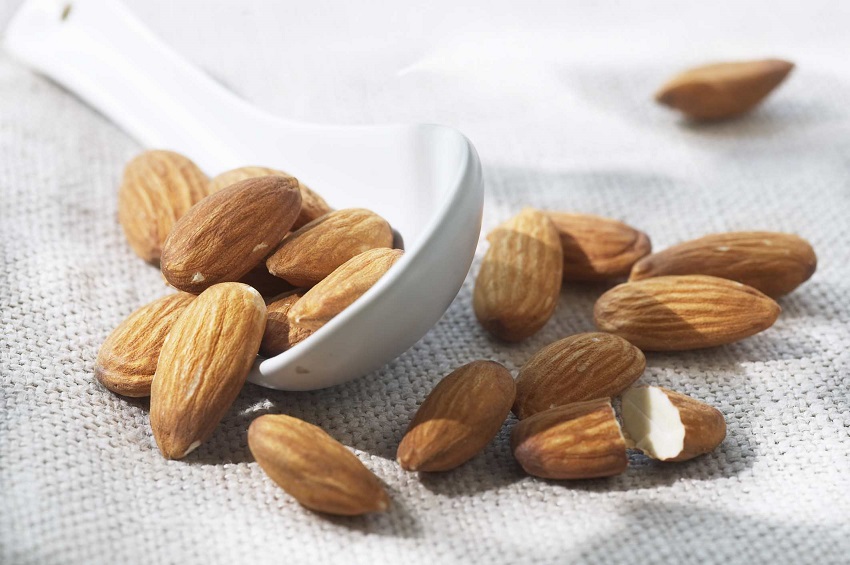
Nuts are an excellent source of calcium. Hazelnuts, nuts, almonds or cashews are examples of this type of food that we should eat on a regular basis. It is one of the best sources of calcium.
They also provide other minerals and substances such as omega-3 essential fatty acids. The right thing to do is eat a handful a day but not much more, as they contain many calories.
2. Legumes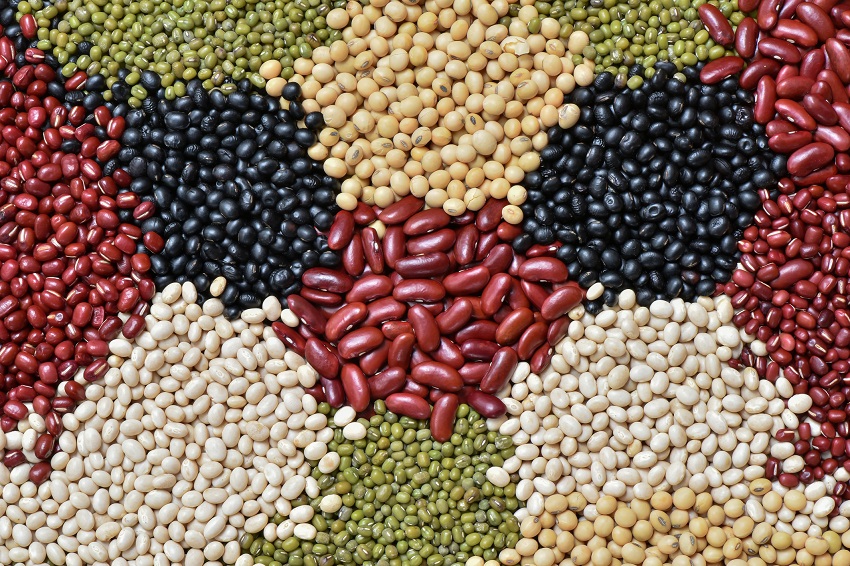
Legumes are a good source of calcium. Beans, chickpeas, lentils or beans provide a good dose of calcium, as well as other minerals such as iron.
It is recommended to take legumes at least 3 times a week. In addition, it is advisable to take them from time to time with cereals or nuts in order to obtain the 8 essential amino acids, essential to form protein. So we can dispense with animal protein sources.
3. Green leafy vegetables
Leafy green vegetables should be incorporated into a healthy diet. One of the reasons is its contribution of calcium, and include spinach, Swiss chard, arugula or celery.
They have their intense green color to chlorophyll and contain other phytochemicals that help us prevent the development of many diseases, in addition to providing other minerals, vitamins, and fiber.
4. Oats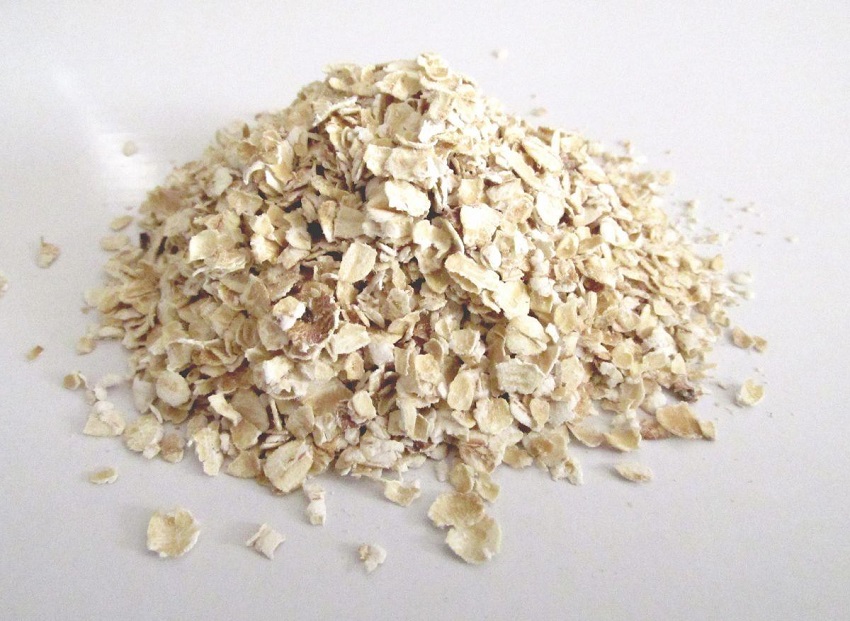
Oats is one of the most recommended cereals there is. One of the reasons is that, indeed, it contains very good amounts of calcium.
It also gives us other minerals and fiber, it does not have gluten, and in addition to other molecules such as beta-glucan. This substance has been linked to the regulation of blood sugar levels and blood cholesterol.
5. Dry fruit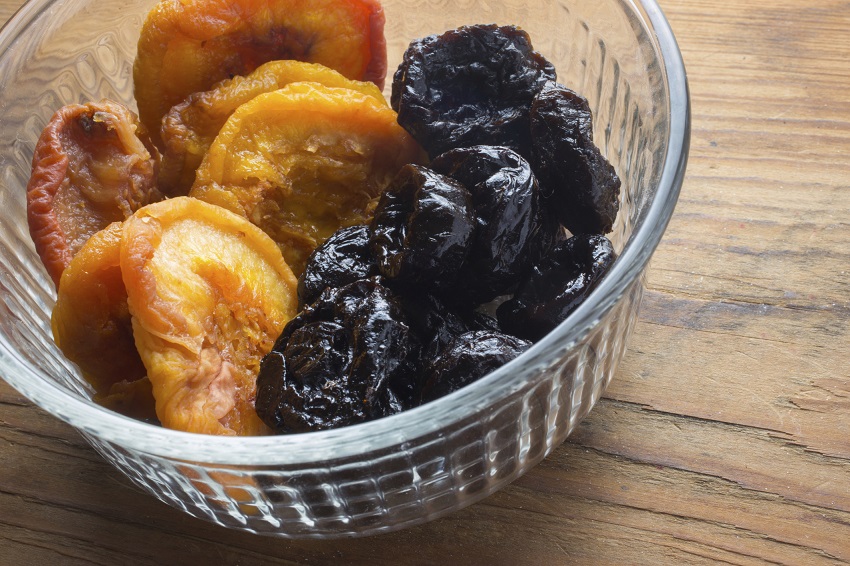
A lot of dried fruit represents a great source of calcium. In this group of foods, we find raisins or dates, but the richest source of calcium is fig.
Keep in mind that in a fresh fig we will find the same amount of calcium and that in a dry fruit there is also the same amount of natural sugars. They are good sugars but it is not advisable to abuse a lot in daily quantity.
6. Sesame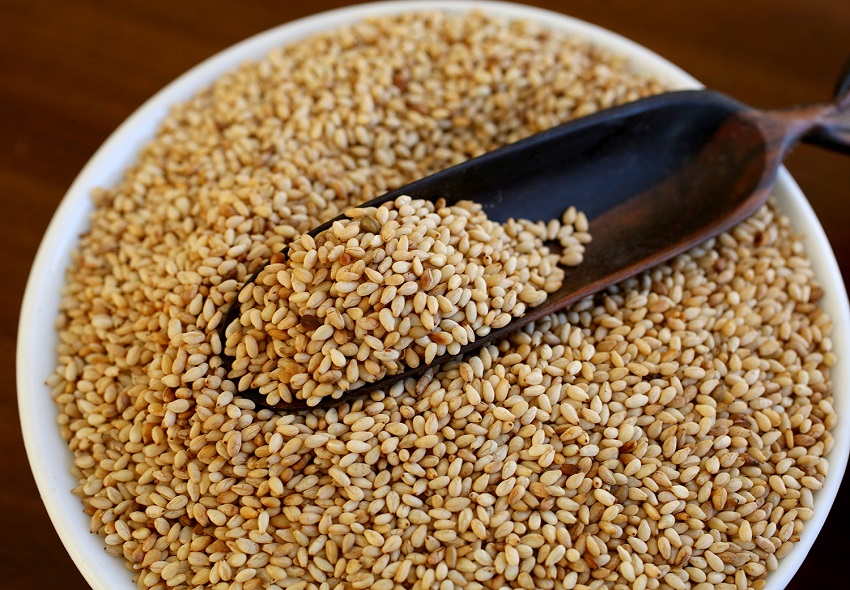
Sesame is a very rich source of calcium. A teaspoon of sesame every day is enough to ensure a daily calcium intake not negligible.
We can add this seed in different dishes that will acquire a very rich flavor. For example, in salads, bread or batter. Sesame also provides other interesting micronutrients such as vitamin A, vitamin E, B vitamins or folic acid as well as fiber.
7. Vegetable drink (or vegetable milk)
The drinks are known as vegetable milk also contain calcium. After all, they are made of cereals like oats, legumes like soy, or nuts like almonds. All these foods we have seen that contain calcium.
However, we must bear in mind that the vegetable drinks that we can find in the points of sale do not have a large amount of these foods. If we look at the ingredient section we will see that they never reach 20% of the product, with the rest being water and in small quantities of sea salt or vegetable oil at best.
8. Algae
Seaweed is a very rich source of calcium. The varieties wakame, arame, and hiziki stand out, and although we usually do not have the habit of eating them in our society, we should incorporate them into our diet.
In other cultures, especially those in the East, these and other algae are eaten very much. It is a type of food that, in addition to fiber, gives us many minerals difficult to find in other foods (such as iodine) and many beneficial phytochemicals.
9. Seafood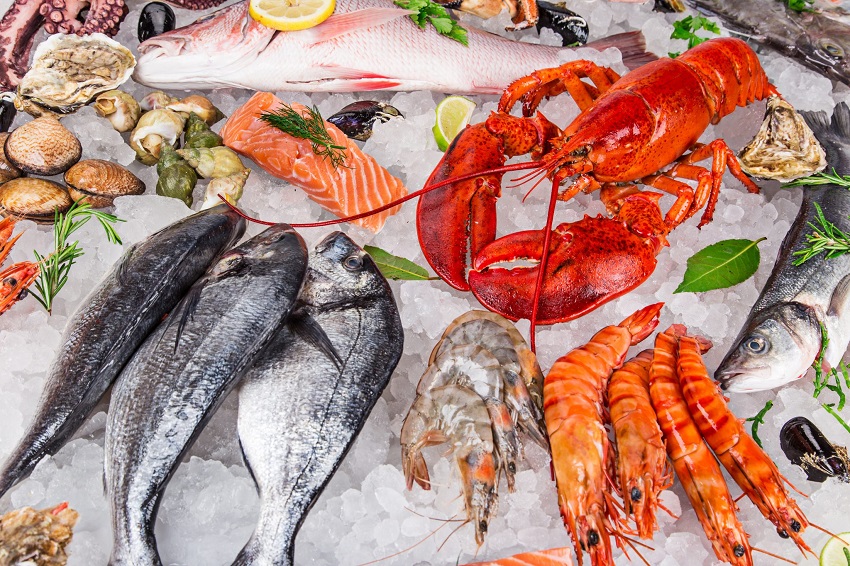
Seafood such as prawns, prawns, and crayfish are a good source of calcium. These marine animals have a composition somewhat different from that of other animals that live in the sea. It is one of the best sources of calcium.
In part because this type of animals have no bones or thorns, but have an exoskeleton. This makes their meat have another composition and that acquires more substances from the exoskeleton when we cook them.
10. Fish with thorn
We have already seen some marine products that have a contribution of calcium (and other minerals) that is beneficial for our body. To finish this group of foods we mentioned the fish with the spine.
It is highly recommended to eat the spine of small fish such as sardines. If we do, we are ingesting bone material that will be good for our body, obtaining calcium and other minerals. We can also ingest thorns from other larger fish, although in some cases it will be more difficult to chew.
